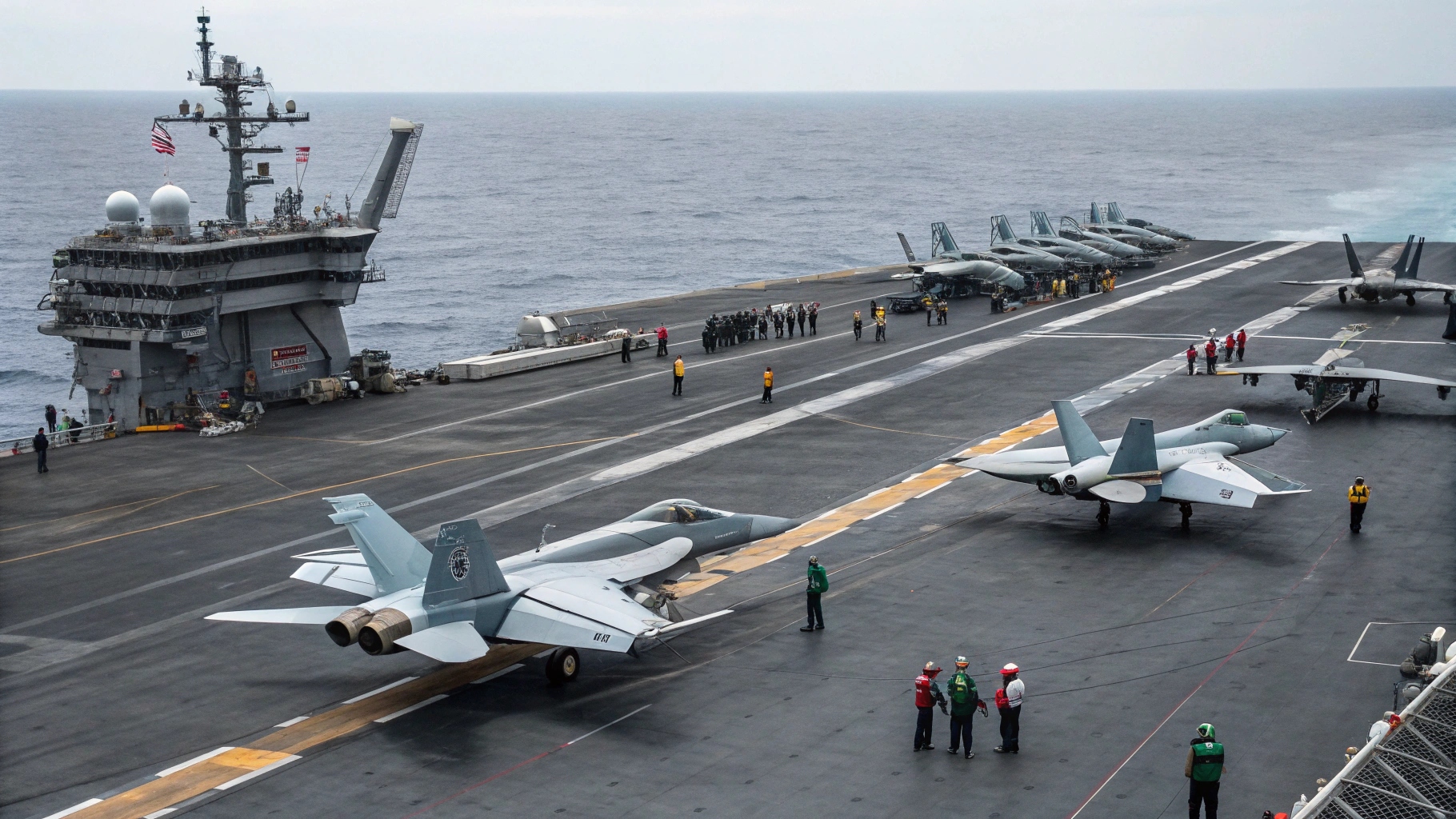
Pratt & Whitney is advancing the development of a new family of propulsion systems tailored for advanced munitions and Collaborative Combat Aircraft (CCA), highlighting a growing trend toward integrating expendable, unmanned platforms with manned fighter operations. The engines will offer scalable thrust ranging from 500 to 1,800 pounds (227 to 816 kilograms), allowing them to power a wide variety of aircraft and munitions. Initial testing is planned for later this year, with further validation scheduled for early 2026 to confirm design performance. Although Pratt & Whitney has not disclosed full technical specifications, the new system reportedly builds on the existing TJ150 engine used in precision-guided munitions and decoys and incorporates lessons from the GatorWorks FJ700 turbofan. The development is accelerating to meet demand for unmanned CCA platforms intended to operate alongside traditional fighters, enabling manned-unmanned teaming in complex operational environments. The program is not limited to the US Air Force; countries such as India and Australia are pursuing similar CCA initiatives, reflecting a global shift toward integrating autonomous or semi-autonomous systems into traditional air combat doctrines. Germany is also preparing personnel training programs for next-generation manned-unmanned operations, part of its Next Generation Weapon System program, which encompasses both a new manned fighter and complementary CCA. Pratt & Whitney’s work represents a broader trend in modern aerospace engineering, emphasizing scalable, modular, and interoperable propulsion solutions that can be rapidly adapted to evolving operational needs, including unmanned combat operations. The engines promise not only high performance but also compatibility with diverse payloads and platforms, ensuring flexibility for both domestic and international users. By expanding the capability of unmanned aircraft to function alongside manned fighters, these propulsion systems enhance operational effectiveness, provide tactical versatility, and maintain a technological edge in air combat.





